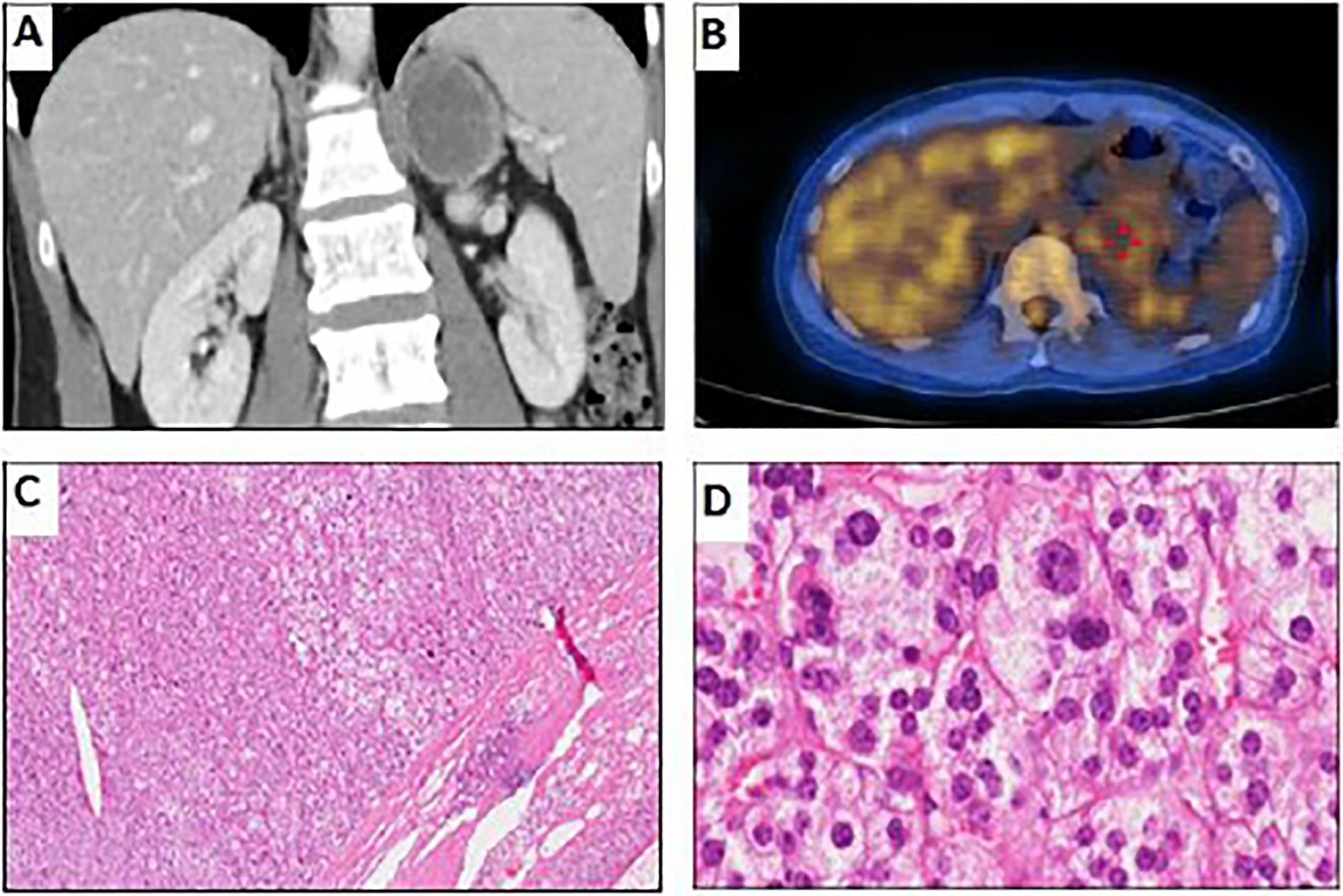
Thus, we did not find the addition of histamine and glucagon stimulation tests helpful after 24-h urinary testing. From 1976–1993, Mayo Clinic clinicians performed histamine and glucagon stimulation tests (with measurement of blood pressure and plasma fractionated catecholamines) in 542 patients in whom pheochromocytoma was highly suspected despite normal 24-h urinary catecholamine or total metanephrine excretion none of these patients had a positive stimulation test in this setting ( 11). If the baseline 24-h urinary studies are normal, the study is repeated when the patient is symptomatic ( e.g. For example, at Mayo Clinic, physicians have relied on the 24-h urinary excretion of catecholamines and total metanephrines for more than 2 decades ( 9, 10). There are major regional, institutional, and international differences in the approach to the biochemical diagnosis of pheochromocytoma.

Catecholamines and their metabolites can be measured in the blood or urine. Most laboratories now measure catecholamines by HPLC with electrochemical detection or gas chromatography and mass spectrometry. Since then, the diagnostic approach has progressed from clinical impressions and exploratory laparotomies to histamine stimulation and phentolamine suppression tests in the 1940s, crude catecholamine measurements and iv urograms in the 1950s and 1960s, and refined measurements of catecholamine levels and computerized imaging in the 1970s and 1980s. A biochemical assessment of catecholamine hypersecretion was not possible in 1926. Mayo in the United States successfully removed pheochromocytomas to cure the catecholamine-associated symptom complex ( 7, 8). A missed or delayed diagnosis may cause considerable morbidity and mortality ( 5, 6).Ĭlinically significant pheochromocytoma was first recognized in 1926 when Cesar Roux in Switzerland and Charles H.

Correct diagnosis is important because resection of the tumor dramatically reverses the clinical symptoms and may cure the hypertension ( 5). Pheochromocytoma should also be considered if a patient has labile hypertension, hypertension resistant to antihypertensive therapy, or paroxysmal symptoms (“spells”) ( 3, 4). Its clinical hallmark is sustained or intermittent hypertension often associated with paroxysmal symptoms ( 3). PHEOCHROMOCYTOMA, a catecholamine-producing tumor arising in the adrenal medulla, has an estimated incidence of two to eight cases per million persons annually ( 1, 2).


 0 kommentar(er)
0 kommentar(er)
